The more you learn about the wild plants around you, the more you realize that foraging for wild foods is possible even in suburban environments. Look around you. The dandelion greens are great for tea while the thistle leaves are a delicious salad topping. Wild strawberries grow in sunny undergrowth in much of the midwest. Garlic mustard is a great pesto additive.
But before you go out there and start sampling everything in sight, let’s get a few rules straight. The earth is already pretty strained thanks to humans, and it’s important to keep yourself and the environment safe when you forage plants.
Reap the benefits of eating plants and stay safe by following these rules for foraging for wild foods.
1. Know Your Ecosystem
Some ecosystems are hardy and healthy, while others are delicate and really can’t handle any extra foraging. Get to know the areas around you so that you can plan the best times and places to forage for wild foods. Knowing your ecosystem is about far more than just knowing the plants that you do and don’t want to eat. Get to know the terrain, the fragile areas, and the plants and animals. This will help you be a more respectful (and successful) forager.
You might want to connect with a local botanist or ethnobotanist to get to know the local area in more detail. They’ll help you get started with all that you need to know!
2. Know Your Target Wild Foods
Not all wild plants are edible at all times of the year. To make things even more challenging, some plants have edible leaves but toxic roots, or vice versa. Some plants are only edible when you prepare them correctly. Depending on the plant, you might want to just pinch off a few leaves, or you might dig up the whole plant to get at the roots.
In short, it’s incredibly important to familiarize yourself with not just the proper identification of wild edibles, but when and how to harvest them.
3. Know the Lookalikes Before Foraging
Many plants are difficult to identify properly, which is why PlantSnap was created. No matter how good your plant ID skills are (or how awesome your plant ID app is), you need to be careful before eating any plants you find in the wild. Get to know not just the plant you’re looking for, but its lookalikes.
A single mistaken identity can cause a painful night of stomach cramps – or much worse. Speaking to a local expert will help you get to know the tricks for telling the difference between edible plants and their toxic neighbors.
4. Leave Some Wild Foods for the Wild
Even if you’re digging a plant’s roots, you must be cognizant of the fact that this plant is part of an ecosystem that needs it. Unless you’re harvesting an endangered species, don’t take more than 25% of the plant in your area. Whenever possible, leave the plant alive and healthy after taking just a few leaves or stems.
5. Know the Laws About Foraging in Your Area
Did you know that it’s illegal to pick flowers or harvest plants in National Parks, but generally allowed on BLM land? It’s time to brush up on your local laws regarding foraging for wild foods.
Each public space will likely have different rules, so never assume that foraging is allowed in a specific area without checking first. The regulations can be especially varied in state and city land rather than national public lands.
Even if you think you’ll never be caught or that your foraging won’t harm the ecosystem, it’s important to know the rules. This helps keep ecosystems healthy and gives foragers a good name.
6. Prepare Your Wild Foods Correctly
As we mentioned above, not all wild foods can be just plucked from the earth and eaten. In fact, you should wash all of your wild food before you eat it. Ask anyone who hikes with a dog, and they’ll tell you that most plants in public areas are not totally clean of stinky residue!
Rinse your wild foods, at the minimum. I generally soak all of my wild foods in a vinegar-and-water bath to kill any bacteria before rinsing again.
Take this time to inspect your wild foods for blemishes, mold, insects, and other parasites. You can also take this time to triple-check your identification.
Finally, ensure that you properly prepare the plant for eating. This might mean scraping off spines, boiling stems, or removing buds. Remember, just because a plant is edible, doesn’t mean the whole plant is edible! Remove any inedible parts of the plant before tossing your salad.
7. Target Invasive Species if You Can
Did you know that garlic mustard is both an invasive species and a great addition to pesto? The best part about eating invasive species is that you don’t have to worry about leaving some for the wild. In the case of garlic mustard, even the deer won’t eat it. That means that as long as there aren’t any pesticides present, you can (and should) eat as much as you want! Just be careful to avoid areas with ongoing eradication efforts.
Focusing your efforts on eating invasive species is a great way to forage for wild foods and help the ecosystem out. Be sure to check out eatheinvaders.org for guides to wild edibles your area.
Being responsible about foraging for wild foods is the best way to ensure that the ecosystem and the law continue to support this practice! What have you foraged in your neighborhood lately?

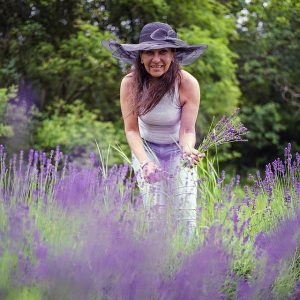
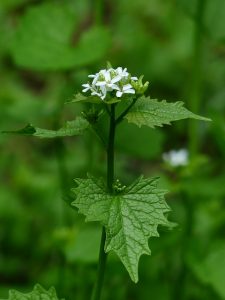










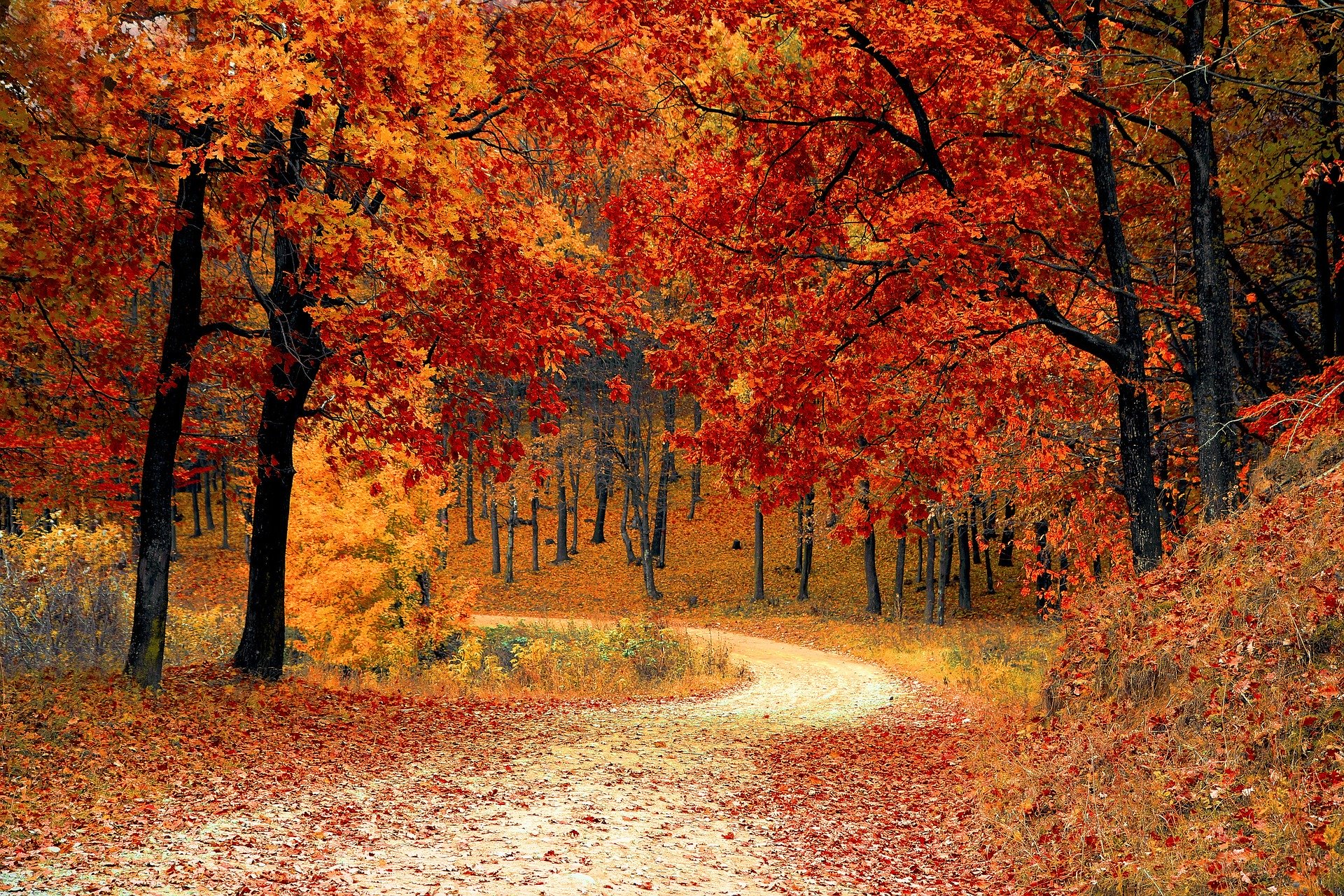
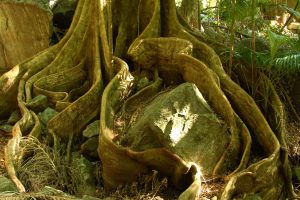

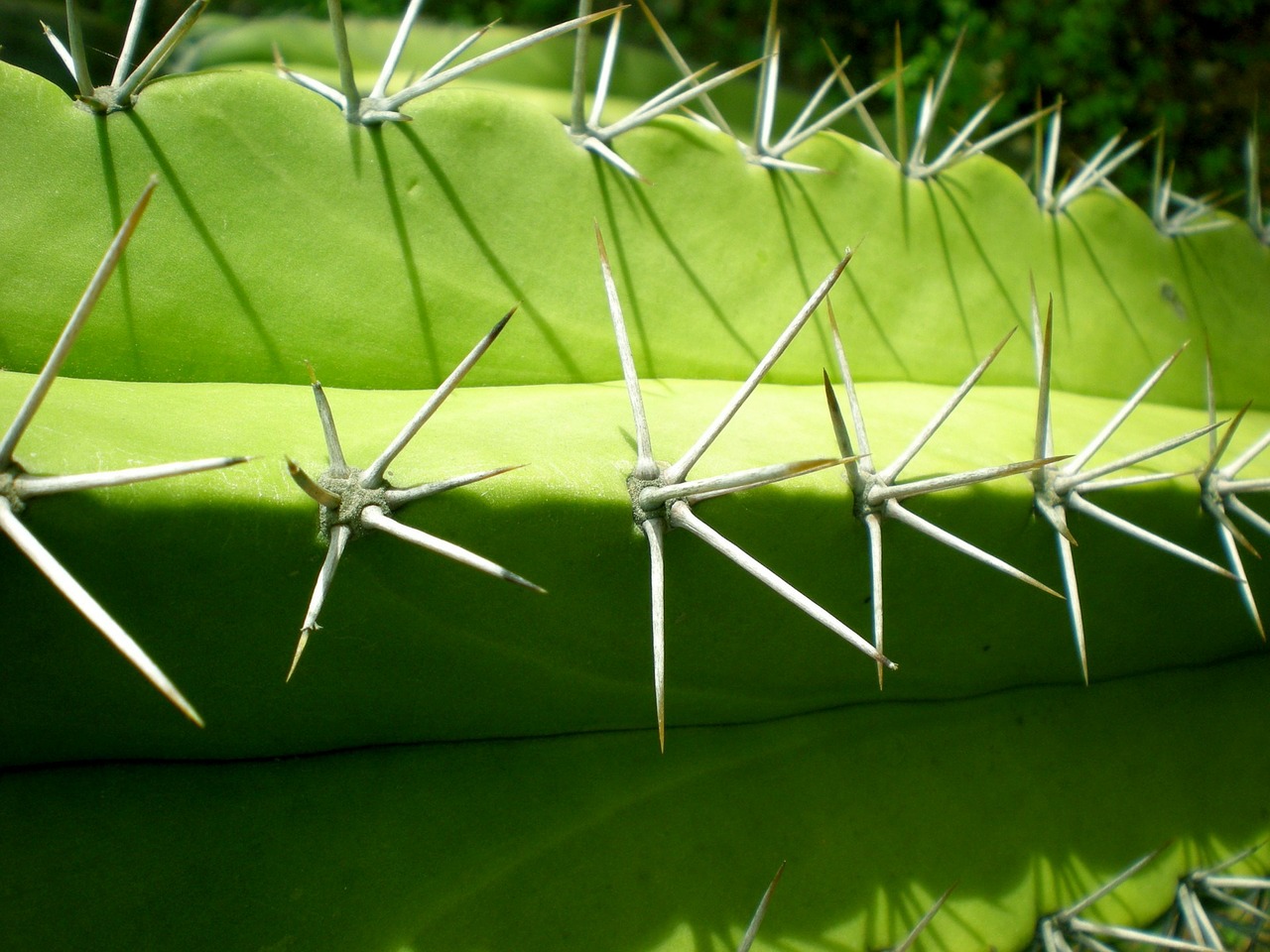
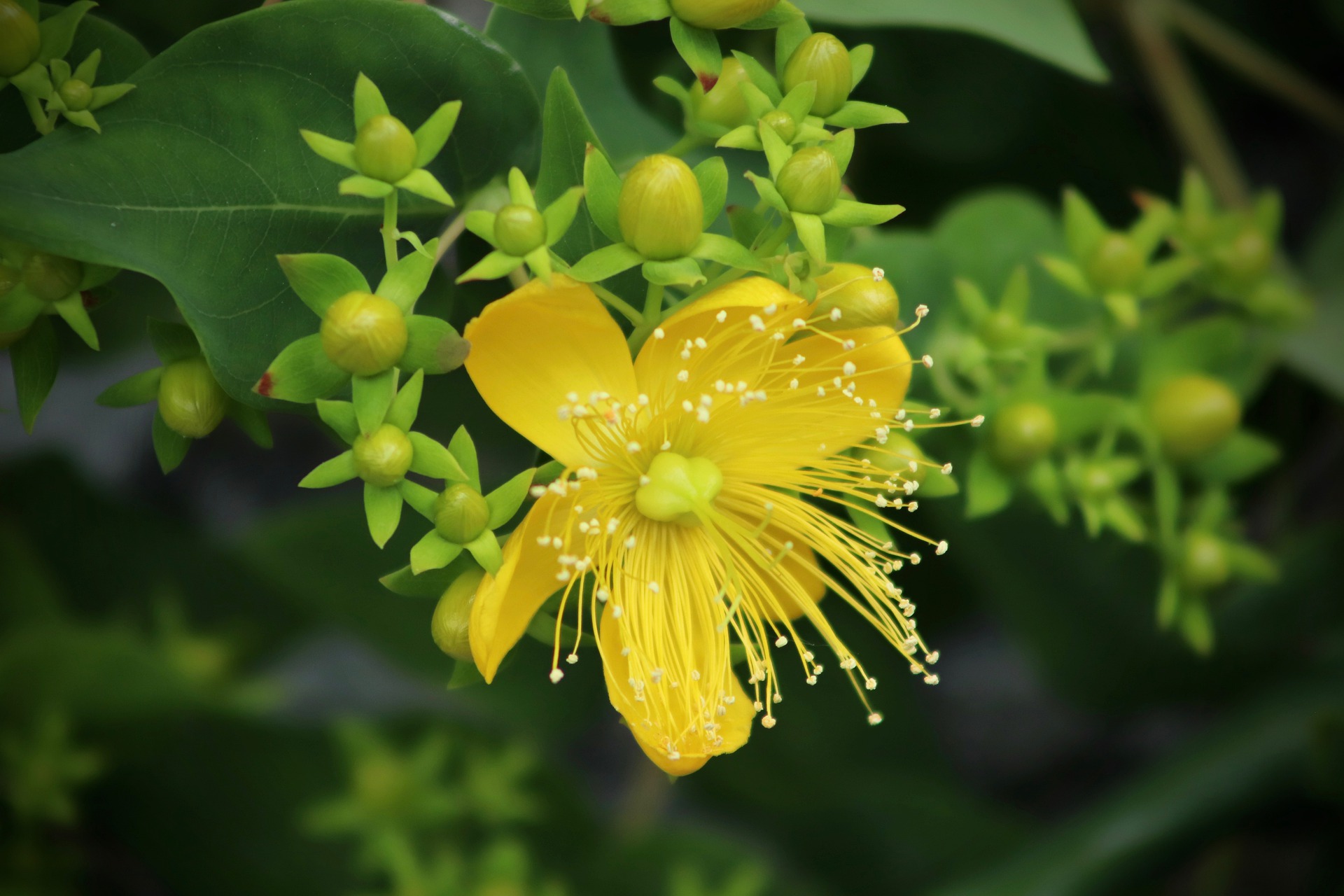
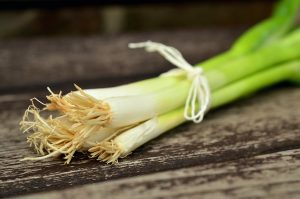
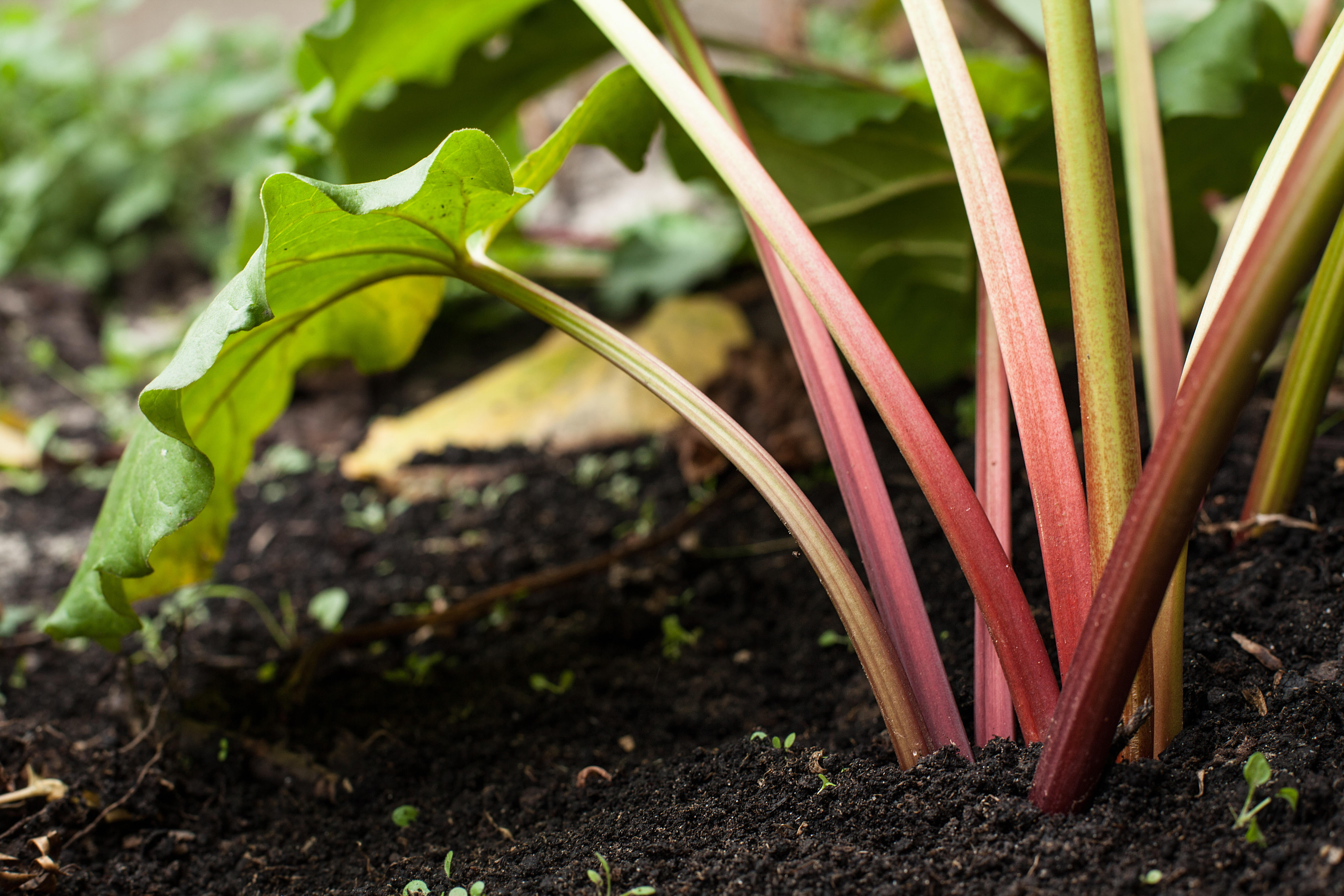
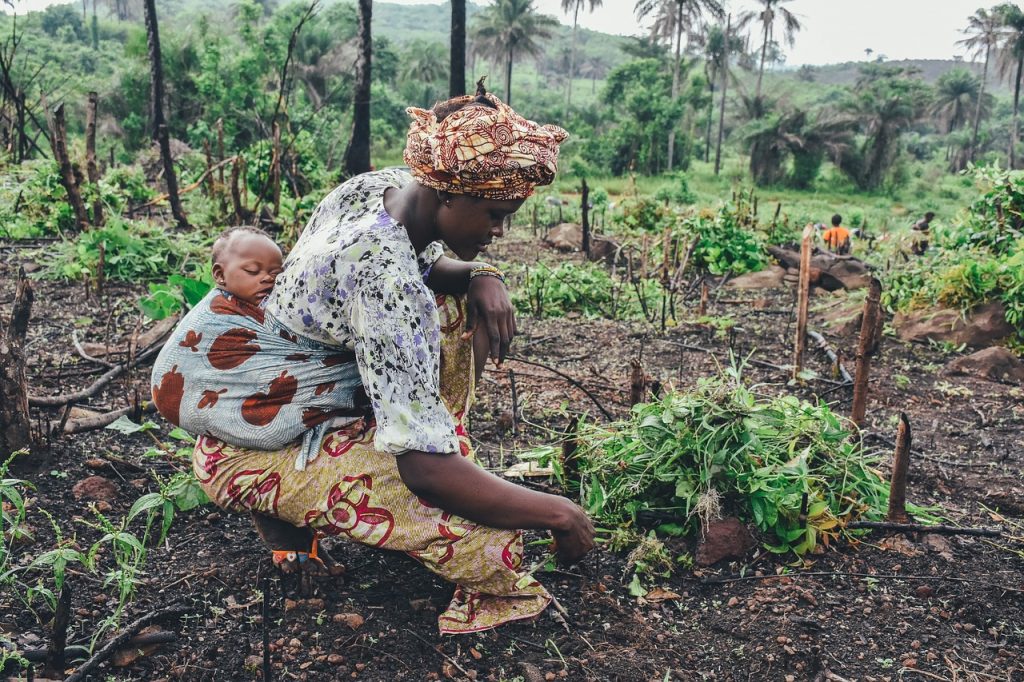
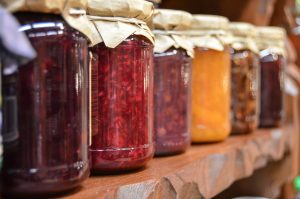
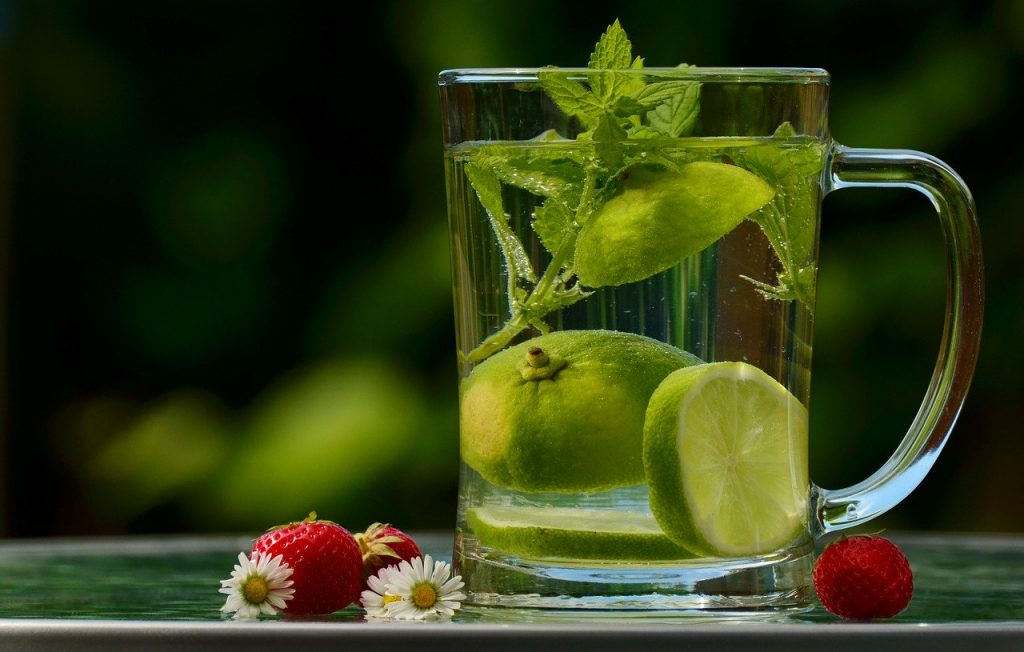
This article is helpful, because my goala is to learn all I can a out foraging for wild food.